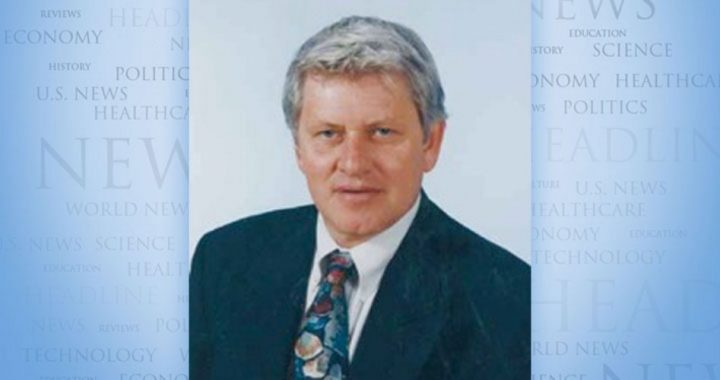
“If there is any lesson in the history of ideas, it is that good intentions tell you nothing about the actual consequences,” stated Thomas Sowell, economist at the Hoover Institution, Stanford University.
Similarly, Nobel Prize-winning economist Milton Friedman warned of the mixture of good intentions and big government. “Concentrated power,” he cautioned, “is not rendered harmless by the good intentions of those who create it.”
French writer Albert Camus (1913-1960) was awarded the Nobel Prize for Literature in 1957. “The evil that is in the world,” he asserted, “almost always comes from ignorance, and good intentions may do as much harm as malevolence if they lack understanding.”
Aldous Huxley (1894-1963), British essayist and novelist, stated it more boldly: “Hell isn’t merely paved with good intentions; it’s walled and roofed with them. Yes, and furnished too.”
In Brave New World, a prophetic novel published in 1932, prior to Stalin’s purges and before Hitler came to power in Germany, Huxley described a tyrannical future where totally controlled and dehumanized slaves would “love their servitude.”
In the forthcoming society envisioned by Huxley, a technologically proficient and well-intentioned government replaced self-reliance and individual freedom with security, dependence, safety, and drug-induced happiness — plus an abundance of carnal pleasures, commanded by the state’s “everyone belongs to everyone else” decree.
What’s required for the establishment of this Brave New World is putting the state up front in all matters and assigning individuals to the back burner. What’s essential for implementation is for man to be precast, molded, and enslaved to the program.
Launched in 1964 by President Lyndon B. Johnson, the “unconditional war on poverty in America,” now in its 49th year, might arguably be the most expensive and longest running example of Thomas Sowell’s warning that “good intentions tell you nothing about the actual consequences.”
From 1964 until now, the federal, local, and state governments have spent $15 trillion in the War on Poverty — $12 trillion by the federal government and $3 trillion by state and local governments.
In The American Welfare State: How We Spend Nearly $1 Trillion a Year Fighting Poverty — and Fail, Michael Tanner, director of health and welfare studies at the Cato Institute, reports that the 2012 poverty rate “has risen to 15.1 percent of Americans, the highest level in nearly a decade.”
In 2012, “the federal government will spend more than $668 billion on at least 126 different programs to fight poverty,” in addition to “welfare spending by state and local governments which adds $284 billion to that figure,” writes Tanner.
On a per capita basis, this roughly $1 trillion a year in welfare spending “amounts to $20,610 for every poor person in America, or $61,830 per poor family of three,” explains Tanner.
In contrast, the Census Bureau reports that the median household income in the United States dropped to $50,054 in 2011, the latest figure available, down 8 percent from 2007, the year before the recession began.
“Welfare spending increased significantly under President George W. Bush and has exploded under President Barack Obama,” states Tanner. “In fact, since President Obama took office, federal welfare spending has increased by 41 percent, more than $193 billion per year. Despite this government largess, more than 46 million Americans continue to live in poverty.”
Bottom line, “the poverty rate is perilously close to where we began more than 40 years ago,” after $15 trillion in spending, Tanner reports. “Clearly, we are doing something wrong.”
Ralph R. Reiland is an associate professor of economics and the B. Kenneth Simon professor of free enterprise at Robert Morris University in Pittsburgh.



